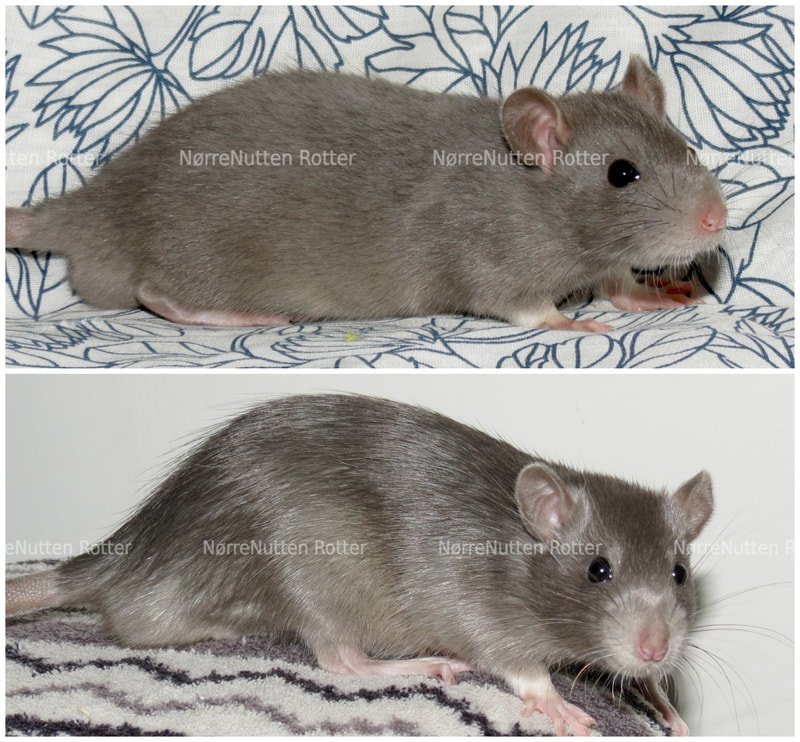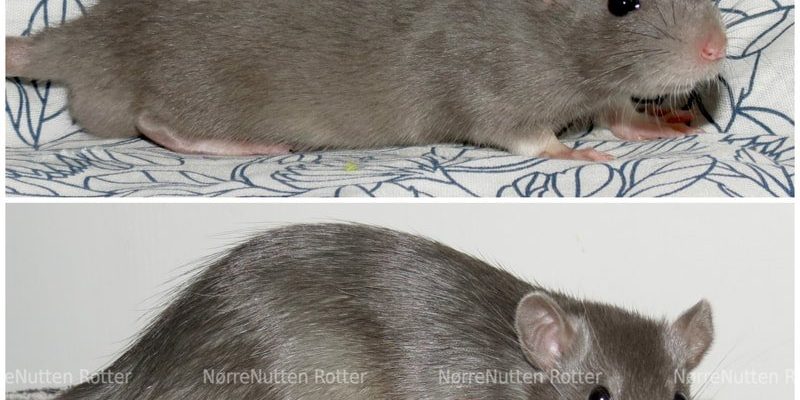
Imagine you’re at a cozy coffee shop chatting with a friend about getting a pet. You lean in, excitedly sharing your thoughts, and they nod along as you describe these little critters with their shiny coats and playful personalities. But with any potential pet, it’s important to weigh the pros and cons. Just like picking which coffee to order, you want to make sure you’re making the best choice for your taste and lifestyle.
What is a Satin Rat?
A satin rat is a unique variation of the common pet rat, known for its sleek, shiny coat that has a velvety finish. Unlike standard rats, which have a more ordinary fur texture, the satin variety offers a bit of flair and eye-catching appeal. They are generally very friendly and sociable creatures, making them great companions. But before diving into rat parenthood, it’s important to know exactly what you’re getting into.
These little guys typically require regular interaction and mental stimulation. Satin rats are highly intelligent and can quickly learn tricks and commands. They thrive on social interaction, not just with their human companions but also with other rats. If you’re planning on getting one, it’s usually best to adopt a pair, as they’re pack animals and can get lonely if they’re on their own.
The Pros of Owning a Satin Rat
Owning a satin rat comes with numerous benefits that make them appealing pets for many people.
- Affectionate Companions: Satin rats are known for their friendly nature. They often enjoy cuddling and playing. You’ll find them snuggling up to you for warmth and affection.
- Low Maintenance: Compared to dogs or cats, satin rats are relatively low-maintenance. They don’t require daily walks, and their cages can be maintained with simple cleaning routines.
- Intelligent and Trainable: Satin rats are smart little creatures. You can teach them tricks using positive reinforcement. It’s also fun to watch them solve puzzles or maze challenges.
- Social Creatures: They thrive on interaction, both with their owners and other rats. This makes them lively and entertaining, providing a great source of companionship.
Here’s the thing: their social nature means you’ll need to invest time in play and interaction. But if you’re someone who enjoys engaging with pets, a satin rat can be a delightful friend, brightening your days with their antics.
The Cons of Owning a Satin Rat
While satin rats can make fantastic pets, they also come with their own set of challenges that you should consider.
- Short Lifespan: Unfortunately, satin rats typically only live for about 2 to 3 years. This short lifespan can be tough on owners who grow attached to their furry friends.
- Health Issues: Like many domesticated animals, satin rats can be prone to certain health issues, which may require trips to the vet. This can include respiratory problems and tumors.
- Time Commitment: They need daily interaction and mental stimulation. If you’re often away from home or have a hectic schedule, it might be hard to provide the social life they thrive on.
- Scent Management: While they’re generally clean animals, satin rats do have smell issues if their cages aren’t cleaned properly. Regular maintenance is essential to keep odor at bay.
You might be thinking, “But are the challenges worth it?” That’s a great question. It really comes down to how much time and effort you’re willing to invest in your pet.
Setting Up a Home for Your Satin Rats
If you’re leaning toward welcoming satin rats into your home, you’ll need to create a suitable environment for them to thrive.
Start with a spacious cage that has multiple levels and plenty of room for them to explore. They’re curious creatures and love to climb and play. Invest in some comfortable bedding, play areas, and a few chew toys to keep them entertained.
Here’s a quick checklist of essentials for your satin rat cage:
- Cage Height: Aim for at least 2 feet tall to allow climbing.
- Bedding: Use aspen shavings or paper-based bedding, avoiding cedar or pine, as they can be harmful.
- Hiding Spots: Include little houses or tunnels for them to hide in.
- Food Bowls: Use sturdy dishes that can hold food and water securely.
Remember, a well-furnished cage not only keeps your satin rats happy but also helps reduce any potential behavioral issues.
Feeding Your Satin Rats
Feed your satin rats a balanced diet that includes high-quality pellets designed for rats. You can also supplement their diet with fresh fruits and vegetables, which they’ll love.
Here’s a simple feeding guide:
- Pellets: Choose high-quality rat pellets that are nutritionally complete.
- Fresh Vegetables: Offer small pieces of broccoli, carrots, or peas a few times a week.
- Fruits: Treat them with tiny amounts of apple or banana occasionally, but avoid citrus fruits as they can be harsh on their stomachs.
- Water: Fresh, clean water should always be available.
It’s crucial to avoid feeding them toxic foods like chocolate, caffeine, or onion. Always do a quick check before introducing new foods, just to be safe!
Common Health Concerns for Satin Rats
Satin rats can experience specific health issues that you should be aware of as a responsible owner.
One common concern is respiratory infections. If you notice your rat sneezing or having trouble breathing, it’s best to consult a vet. Tumors are another issue that can arise, particularly as your rats age. Regular vet check-ups can help catch issues early.
Maintaining proper hygiene in their living space is also crucial. Cleaning their cage weekly and monitoring their diet can help minimize health risks.
Here’s a quick reference for signs to watch for:
- Weight Loss: Sudden weight loss can indicate health problems.
- Labored Breathing: Any signs of difficulty breathing should be taken seriously.
- Changes in Behavior: If your rat seems less active or more withdrawn than usual, it may need a vet visit.
Keeping an eye on their health will ensure that your fuzzy companions live the happiest lives possible.
Alternatives to Satin Rats
If you’re still on the fence or looking for alternatives, there are several other small pets that might suit your lifestyle better.
- Hamsters: These little guys are more independent and don’t require social interaction with other pets. They have a shorter lifespan but are generally easier to care for.
- Guinea Pigs: If you love the idea of a social pet but want something slightly larger, guinea pigs can be a good choice. They’re also social but require more space and care than a satin rat.
- Mice: Like satin rats, mice are small and social creatures. They can be a good alternative if you’re looking for a smaller commitment.
Each pet has its own unique needs and charm, so consider what works best for you!
Final Thoughts
So, is a satin rat the right pet for you? It really depends on your lifestyle, readiness for a short-term commitment, and willingness to provide daily social interaction. They can offer a great deal of affection and companionship while also requiring the right environment and care.
Ultimately, satin rats are wonderful pets for those who can meet their needs and appreciate their quirky, loving nature. So, if you’re ready to dive into the world of satin rats, you might just find your new best friend—and a little bundle of joy that brightens your days!

